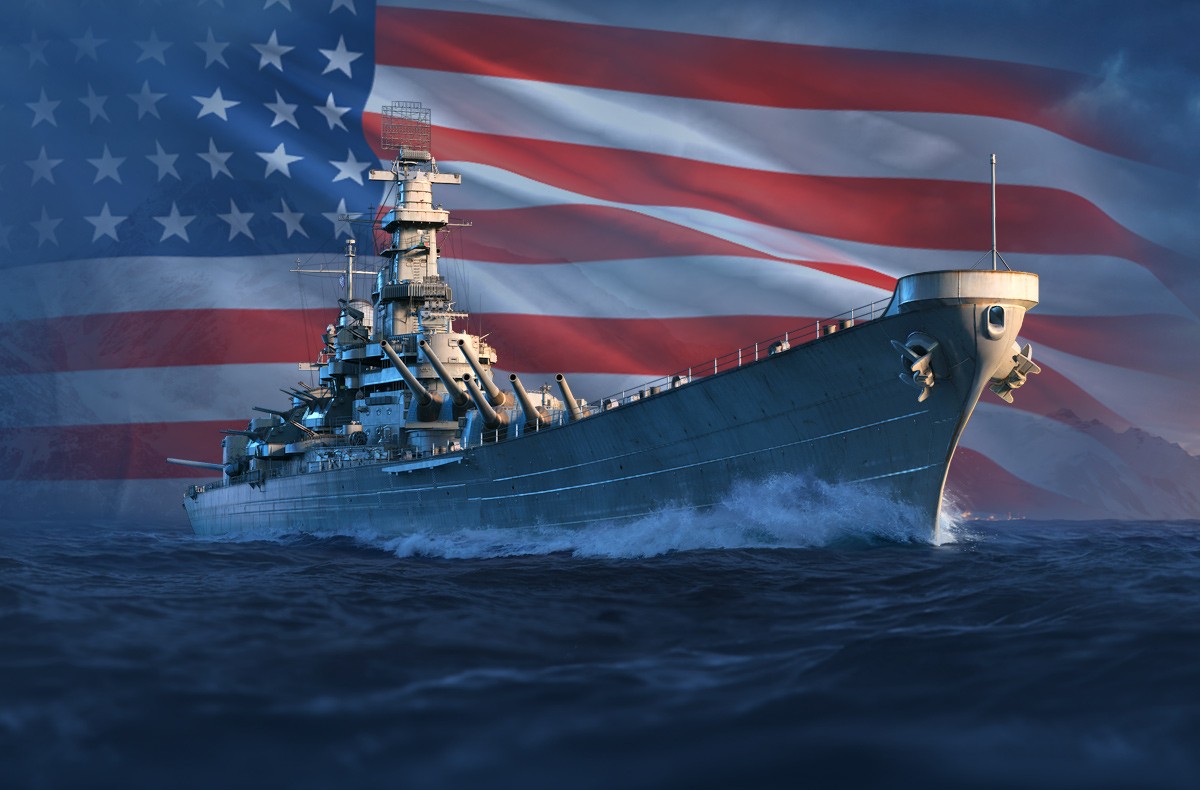
During their active service, American battleships took part in the Spanish-American War, World War I, World War II, Korean War, Vietnam War, and Gulf War. Though of secondary importance, battleships remained in the inventory for another fifty years with the last leaving commission in the 1990s. While Bismarck would avoid a nighttime duel, Iowa would welcome itand its 2.

Though the centerpiece of the fleet for decades, battleships were quickly eclipsed by the aircraft carrier during World War II and became supporting units. With the signing of the Washington Naval Treaty in 1922, battleship construction halted for over a decade.ĭeveloping new designs in the 1930s, the US Navy focused on building classes of "fast battleships" ( North Carolina to Iowa) that would be capable of operating with the fleet's new aircraft carriers. Refining these designs, the US Navy developed the Standard-type battleship which embraced five classes ( Nevada to Colorado) that possessed similar performance characteristics. Beginning with the South Carolina-class which entered service in 1910, the US Navy embraced the "all-big-gun" dreadnought concept which would govern battleship design moving forward.

These were soon followed by seven classes of pre- dreadnoughts ( Indiana to Connecticut). Here, the primary warship is the World War II vintage USS Iowa, commanded by. In the late 1880s, the US Navy commenced building its first steel battleships, USS Texas and USS Maine. US thinks its the North Koreans, the Chinese thinks they belong to the US.


 0 kommentar(er)
0 kommentar(er)
